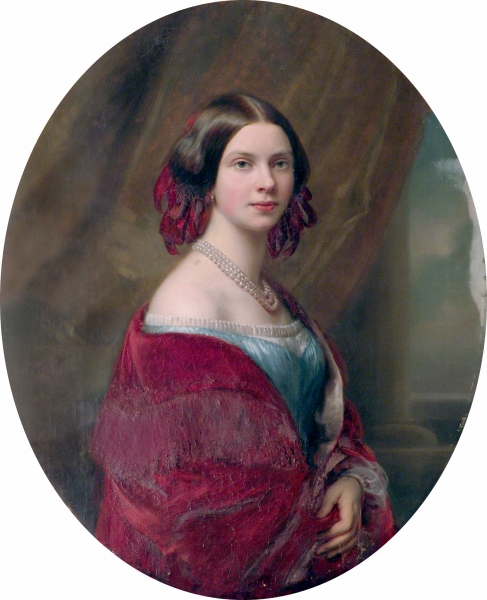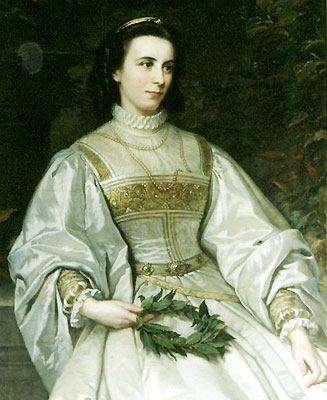by Scott Mehl © Unofficial Royalty 2018
Duchy of Saxe-Meiningen: On March 26, 1675, Ernst I, Duke of Saxe-Gotha-Altenburg died. Initially, his seven sons collectively governed the Duchy of Saxe-Gotha-Altenburg, as set out in their father’s will. On February 24, 1680, the seven brothers concluded a treaty of separation, with each brother getting a portion of the Duchy of Saxe-Gotha Altenburg and becoming a Duke. One of the seven new duchies was the Duchy of Saxe-Meinigen and Bernhard, one of the seven sons of Ernst I, Duke of Saxe-Gotha-Altenburg became the first Duke of Saxe-Meinigen.
On November 9, 1918, Wilhelm II abdicated as German Emperor and King of Prussia in the wake of the November Revolution. Bernhard III, the last Duke of Saxe-Meiningen abdicated the next day due to pressure from the Meininger Workers and Soldiers Council. His half-brother Ernst waived his succession rights on November 12, 1918, officially ending the monarchy of the Duchy of Saxe-Meiningen. Today the territory that encompassed the Duchy of Saxe-Meiningen is in the German state of Thuringia.
********************

Georg II, Duke of Saxe-Meiningen; Credit – Wikipedia
Georg II was Duke of Saxe-Meiningen from 1866 until his death in 1914. He was born in Meiningen, Duchy of Saxe-Meiningen, now in Thuringia, Germany, on April 2, 1826, the only son of Bernhard II, Duke of Saxe-Meiningen and Marie Friederike of Hesse-Kassel.
Georg had one younger sister:
- Princess Auguste (1843-1919) – married Prince Moritz of Saxe-Altenburg, had issue
First educated privately at home by tutors, Georg later attended the University of Bonn where he studied art history, history, and law. He finished his studies at Leipzig University in 1847.

Charlotte of Prussia. source: Wikipedia
On May 18, 1850, Georg married Princess Charlotte of Prussia at Charlottenburg Palace in Berlin, Kingdom of Prussia, now in the German state of Brandenburg. She was the daughter of Prince Albrecht of Prussia and Princess Marianne of the Netherlands. Charlotte and Georg had become engaged while Georg was serving in the Prussian military in Berlin, and their marriage was truly a love match.
Together they had four children:
- Bernhard III, Duke of Saxe-Meiningen (1851-1928) – married Princess Charlotte of Prussia, had issue
- Prince Georg Albrecht (1852-1855) – died in childhood
- Princess Marie Elisabeth (1853-1923) – unmarried
- unnamed son (born and died 1855) – died a day after birth

Villa Carlotta. photo: By Jean-Christophe BENOIST – Own work, CC BY 3.0, https://commons.wikimedia.org/w/index.php?curid=16407555
Georg and Charlotte spent much of their marriage in Berlin, then in the Kingdom of Prussia, now in Germany, living in the north wing of the Marble Palace. They also spent time at Villa Carlotta, a villa on Lake Como in Italy that had been a wedding gift from Charlotte’s mother and named in her honor. Sadly, Charlotte died in March 1855, just after giving birth to their fourth child, who also died.

Princess Feodora of Hohenlohe-Langenburg; Credit – Wikipedia
Although distraught over the loss of his beloved Charlotte, Georg set out to find another wife, primarily to be a mother to his children. While on his way to Italy, he met his second cousin, Princess Feodora of Hohenlohe-Langenburg, and they were quickly engaged. She was the daughter of Ernst I, Prince of Hohenlohe-Langenburg and Princess Feodora of Leiningen, the elder half-sister of Queen Victoria of the United Kingdom. They married in Langenburg, Principality of Hohenlohe-Langenburg, now in Baden-Württemberg, Germany, on October 23, 1858, and had three children:
- Prince Ernst Bernhard (1859-1941) – married Katarina Jensen, had issue
- Prince Friedrich Johann (1861-1914) – married Countess Adelheid of Lippe-Biesterfeld, had issue, died in World War I
- Prince Viktor (born and died 1865) – died a few days after birth
On September 20, 1866, Georg became Duke of Saxe-Meiningen when his father was forced to abdicate following his defeat in the Austro-Prussian War. Georg had remained loyal to the Prussians during the war, led several regiments of Meiningen soldiers, and took the first French flags at the Battle of Froeschweiler. He maintained a close friendship with Wilhelm I, King of Prussia (later German Emperor), and served on his staff.

Ellen Franz. source: Wikipedia
Georg was widowed again in February 1872, when Feodora died of scarlet fever. The following year, on March 18, 1873, he married once again. His third wife was Ellen Franz, a former actress. Georg created her Baroness von Heldburg just before their marriage at Villa Feodora in Bad Liebenstein. She did not become Duchess of Saxe-Meiningen because the marriage was considered morganatic. They had no children.
Georg, passionate about the theatre, established the Meiningen Theater in the late 1860s and early 1870s, with the help of his third wife. The company toured extensively throughout Germany and Europe from 1874-1890 and became renowned for its attention to detail and authenticity in its sets and costumes and the portrayals of the characters. Georg drew upon his extensive knowledge of history and art to design many of the costumes and scenery and choreograph many of the large crowd scenes within the productions. Having been interested in theatre since his youth, he was able to spend much of his time, effort, and money to create theatre productions that conveyed both lifelike reality and historical accuracy.
In addition to the theatre, Georg was the patron of the Meiningen Court Orchestra. Under his patronage, the orchestra became prominent in the 1880s when Georg hired Hans von Bülow as its conductor. The orchestra served as an ensemble for Johannes Brahms, who conducted when premiering his Fourth Symphony. Brahms remained connected to the orchestra for the rest of his life. Following his death in 1897, Georg had a monument built in his honor in Meiningen’s English gardens.
Georg became nearly deaf in his later years and retired from public life. He died at Bad Wildungen, Principality of Waldeck and Pyrmont, now in Hesse, Germany, on June 25, 1914. He is buried in the Park Cemetery in Meiningen, Duchy of Saxe-Meiningen, now in Thuringia, Germany.
This article is the intellectual property of Unofficial Royalty and is NOT TO BE COPIED, EDITED, OR POSTED IN ANY FORM ON ANOTHER WEBSITE under any circumstances. It is permissible to use a link that directs to Unofficial Royalty.
